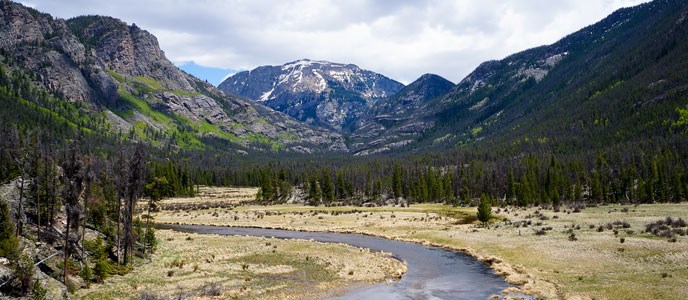
NPS With increasing visitor use, both day and overnight, it is important to minimize our impacts and Leave No Trace of our visits to wilderness, parks and other special places. Trips that include awareness and the use of minimum impact practices conserve natural conditions of the outdoors which make the adventure enjoyable all allows others the same experience. Leave No Trace is a national program which promotes the protection of our nation's wildlands through education, research and partnerships. Leave No Trace teaches minimum impact hiking and camping skills. It also instills wildland ethics and builds awareness, appreciation and respect for our public recreation places. All federal land management agencies promote the Leave No Trace message. Working with outdoor retailers, educators and user groups, these federal agencies are making Leave No Trace a common language for all outdoor enthusiasts. Leave no Trace is simple, whether you are hiking and camping in the park's wilderness or driving Trail Ridge Road for an afternoon. The following seven principles can be applied to any natural setting to minimize human impacts on the environment.
Please learn and practice Leave No Trace skills and ethics and pass them on to those you come into contact with. It's easy to enjoy and protect the park simultaneously.
For more information, stop by the park's Wilderness Office or visit the Leave No Trace website.
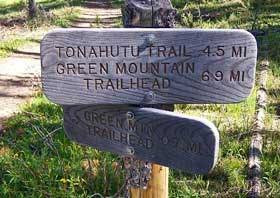
NPS Plan Ahead and Prepare
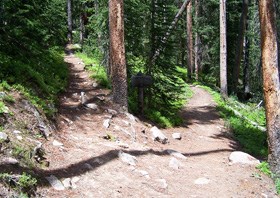
NPS Travel and Camp on Durable Surfaces While traveling
At Camp
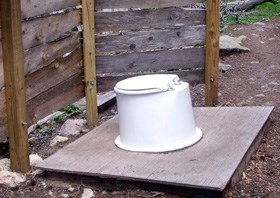
NPS Dispose of Waste Properly
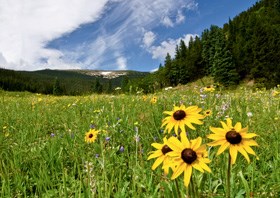
NPS Leave What you Find
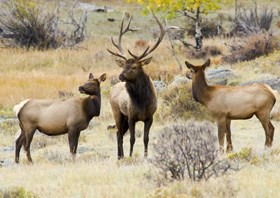
NPS Respect Wildlife
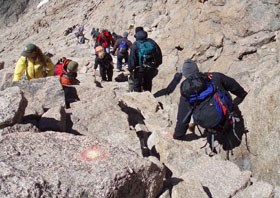
NPS Be Considerate of Other Visitors
|
Last updated: November 17, 2021
